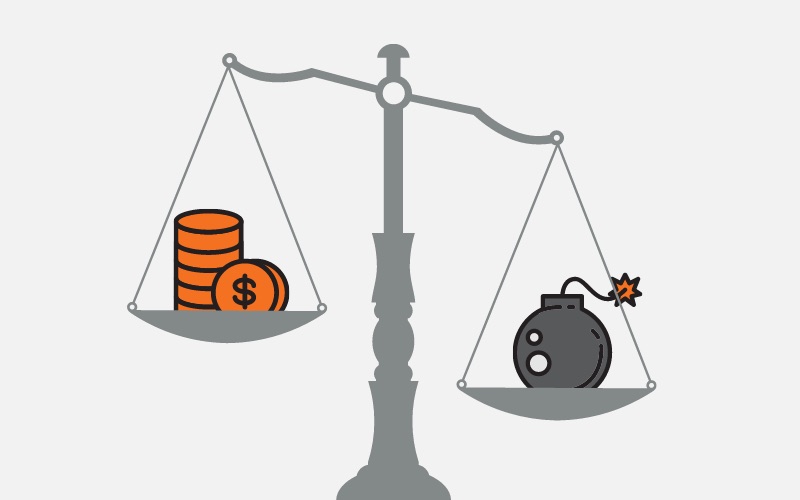601 reads
The Only Way to Know What Customers Want is to Release Your Product

Too Long; Didn't Read
Scott Middleton Scott is the CEO and founder of Terem, Australia’s leading tech product development firm. Let's weigh up the risks of releasing vs. the risk of not releasing. The only way to really know what customers want is to release your product to them and hear some feedback. The Only Way to Know What Customers Want is to Release Your Product is to know how well your product fits the customer's needs. By not releasing, you will often miss the opportunity, often to a currently unknown competitor, or to a current unknown competitor.Scott is the CEO and founder of Terem, Australia’s leading tech product development firm.
Learn More
LEARN MORE ABOUT @SCOTTMIDDLETON'S
EXPERTISE AND PLACE ON THE INTERNET.
EXPERTISE AND PLACE ON THE INTERNET.
L O A D I N G
. . . comments & more!
. . . comments & more!

